Last Chance to Catch NYC's Holiday Notalgia Train
We met the voices of the NYC subway on our nostalgia ride this weekend!


When John D. Rockefeller, Jr., decided to finance the construction of Rockefeller Center in the 1930s, he intended his music hall to be the pinnacle of showbiz. He envisioned lavish stage productions not unlike the wildly successful Ziegfeld Follies of the day. People would come for a spectacle, and nothing less. It’s safe to say that Radio City Music Hall, the Showplace of the Nation as it was once hailed by the papers, has lived up to the hype.
Through the years as a concert hall, movie theater, and a venue for awards shows like the Grammys and the Tonys, Radio City was and still is one of the city’s busiest tourist destinations. Its unique Art Deco design, uncommon for a theater of its time, and its iconic neon facade have become a symbol of New York to rival the Empire State Building or Times Square. Furthermore, its synonymity with red carpet celebrity have tied it closely to the engineered magic of showbiz history in its nearly century-long run. Here are the top 10 secrets we dug up about the place.
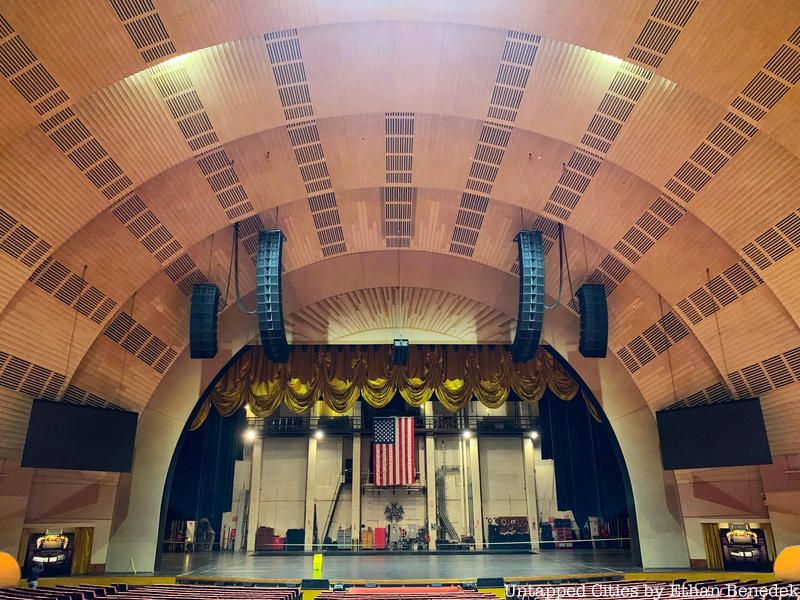
Two days after Christmas in 1932, the Radio City Music Hall opened for the first time to New York audiences. Its program for the night was an extravagant show aimed at bringing back the high-class entertainment that had gone missing during the Great Depression. Ray Bolger, Doc Rockwell, and Martha Graham performed in the show, but even their star power could not save the night, which most say was a disaster.
The program was overly long and failed to generate any real audience interest. The primitive microphones that were being used were unable to project individual acts into the enormous atrium-like auditorium. At least in the early 30s, lavish stage productions would not stay for long at the Music Hall.
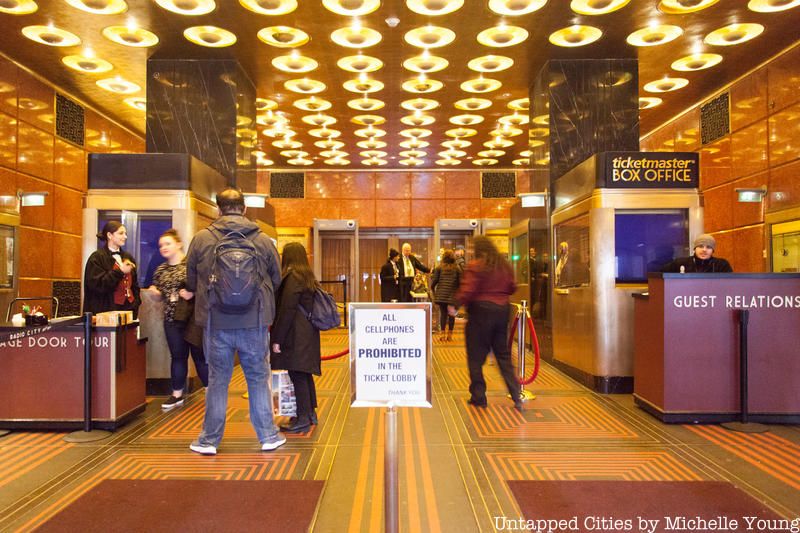
Following a rather disastrous first year, Radio City Music Hall was converted into a movie theater on January 11, 1933. The first film to be screened at the new theater was Frank Capra’s The Bitter Tea of General Yen, starring Barbara Stanwyck. After overwhelming success, the music hall became the showcase for many of RKO-Radio Studio’s newest films.
At a time when specific actors and production staff were typically under strict contracts with the largest film companies like MGM and the like, RKO’s monopoly on Radio City was a substantial asset. The theater’s Art Deco interior was a step away from the ornate decorations of other movie theater palaces that reigned supreme, but the music hall’s new direction proved successful despite its uniqueness.
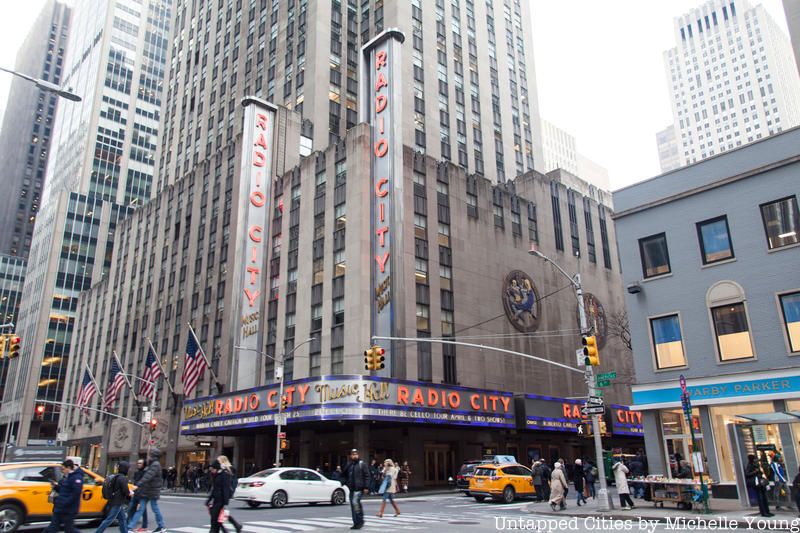
Radio City Music Hall functioned primarily as a movie theater for much of the ’40s through the ’70s. Later in the 20th century, changing film distribution laws made it more difficult for the venue to book film openings. There was talk, during this time, of converting the entire space into offices or demolishing it altogether.
Naturally, there was uproarious opposition to this plan, even from within Rockefeller Center itself. A scathing monologue on Saturday Night Live’s nearby set from then-Weekend Update anchor John Belushi combined with public discontent resulted in the music hall’s preservation as a New York City landmark in 1978.
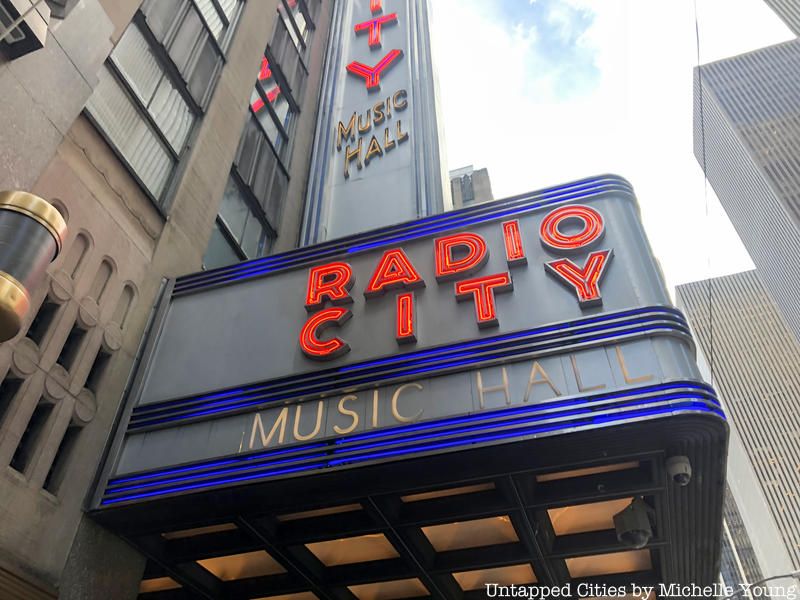
The venue’s originally proposed name was the International Music Hall. This name stuck around until the location secured its first tenant, The Radio Corporation of America (RCA). Under the RCA umbrella were NBC’s radio programs and RKO Studios’ major motion pictures. A partnership with the music hall and RCA was fruitful for both parties.
The introduction between Rockefeller and RCA was made by impresario S.L. “Roxy” Rothafel. By that point, Roxy was known for saving struggling theaters across America by infusing them with new programs that blended vaudeville, movies, and extravagant decor. RCA head David Sarnoff dubbed the project with Rockefeller “Radio City” and the name has endured ever since.
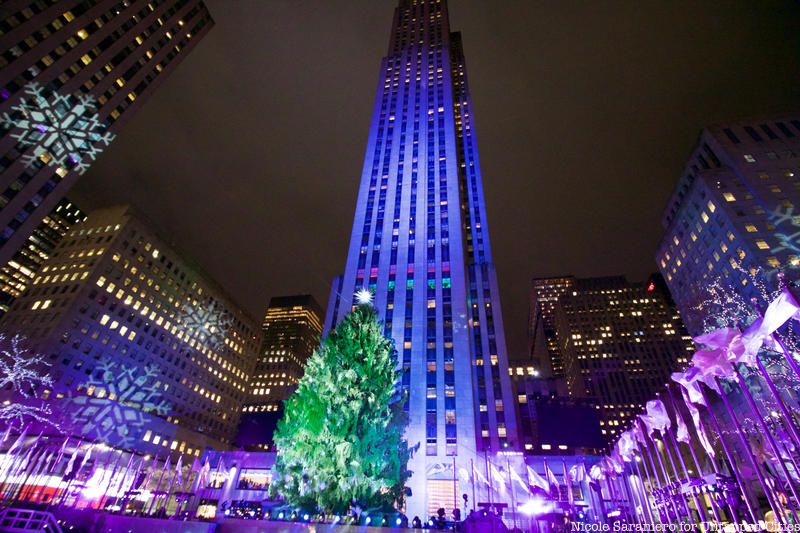
The venue used to be accessible through a tunnel that led under the street from Rockefeller Center. The tunnel was actually used by commuting New Yorkers up until the 1970s. According to Untapped reader Barbara Murphy, a former employee, the tunnel was then used as a general admission seating entrance for schools and large groups.
Today, the secret tunnel serves as one of the performers’ entrances to the music hall. Most everybody who has performed at Radio City has walked through this secret tunnel to avoid the paparazzi. You can uncover more interesting secrets of Rockefeller Center on an Untapped New York walking tour led by our expert licensed New York City tour guides!
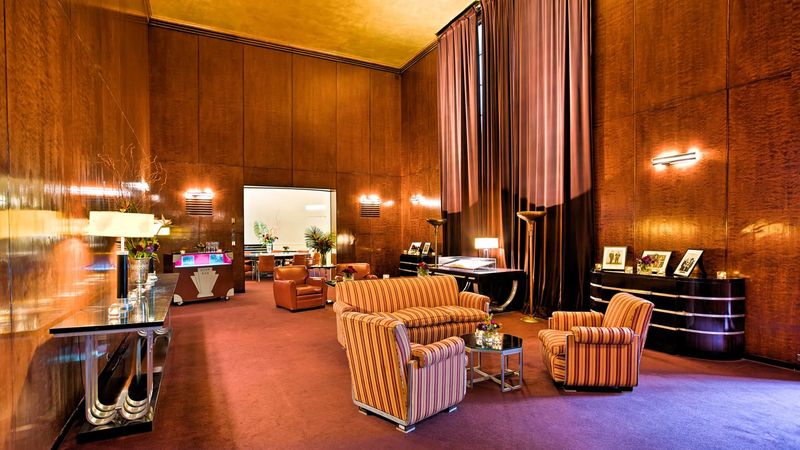
The architect of Radio City Music Hall, Edward Durrell Stone, and its interior designer Donald Deskey, built an apartment inside Radio City for famous entertainer Samuel “Roxy” Rothafel. With the same Art Deco design as can be seen in the rest of the theater, the apartment was the perfect place to entertain the greats of Hollywood’s golden era.
Visitors to the apartment included well-known names like Alfred Hitchcock, Samuel Goldwyn, and Olivia de Havilland. As reported by Atlas Obscura, with “20-foot high ceilings covered in gold leaf, and walls decorated floor to ceiling with plush drapes, Roxy’s apartment was as mesmerizing as his opulent stage shows below.” The apartment has been left exactly as it was in 1936. You can see it for yourself on a Radio City Stage Door Tour.
The venue’s ‘Mighty Wurlitzer' consists of two consoles on either side of the stage. They are a one-of-a-kind creation by the Randolph Wurlitzer Manufacturing Company, and the largest theater pipe organ in the world. The instrument’s 4,000 pipes are stored in the stage’s arch that forms the iconic golden sunset of the venue’s vaulted ceiling and stage.
Though it spent much of Radio City’s career as accompaniment for the many silent movies that were shown there, it was actually built as a concert organ, and is still only accessible through a space that the organist must crawl through to get to their stool without being seen by the audience.
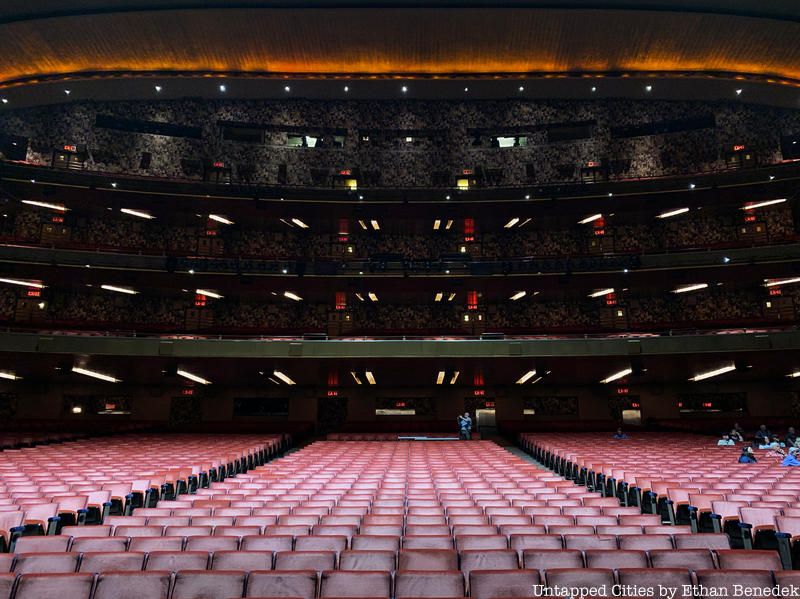
Two stories above the stage are a piano, glockenspiel, and drum set that accompany most concerts at the venue but have never been touched by musicians. This ghost-orchestra is operated by the venue’s organists, whose manipulation of the air currents inside the organ pipes in the ceiling also hits sweet spots on the instruments and causes them to produce sound as well.
Radio City Music Hall has collected the signature of every performer who has graced its stage since 1932, when the theater first opened. Though one of these autograph books is on display for visitors, most of the other books filled with thousands of performers’ signatures are kept out of harm’s way.
In the books, you would find the famous names of celebrities who lived throughout the 20th century. The performers who entertain at Radio City cover a wide range of genres and types, from musical performances by legends like blues singer B.B. King and groups like The Grateful Dead to the comedic stylings of modern-day comics like John Mulaney and Dave Chappelle.
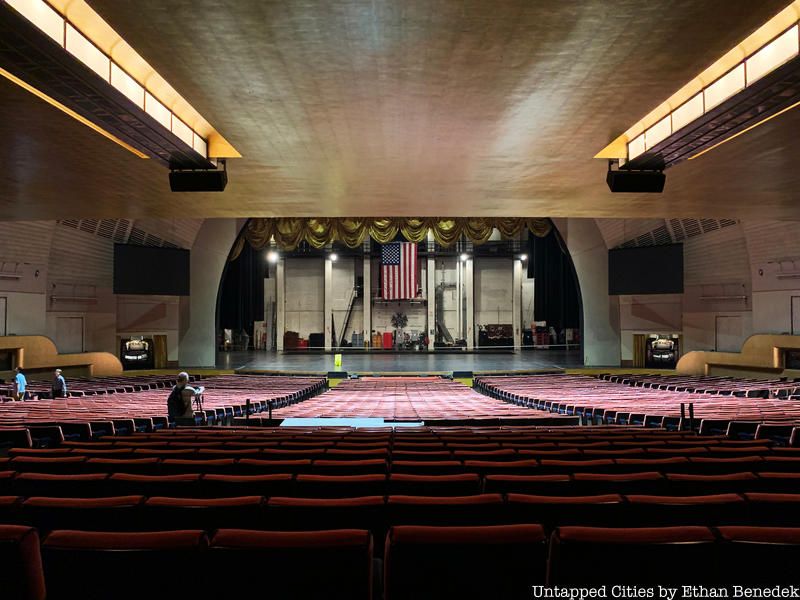
The Peter Clark-designed Great Stage of the Radio City Music Hall was made in the shape of a setting sun. It is supported by a series of elevators considered so complex and advanced for their time that their design was replicated in the hydraulics used on American aircraft carriers during World War II. Though only a myth, stories of government agents standing guard under the stage to protect the secrets of the American military during the war have circulated around the venue for decades.
Subscribe to our newsletter